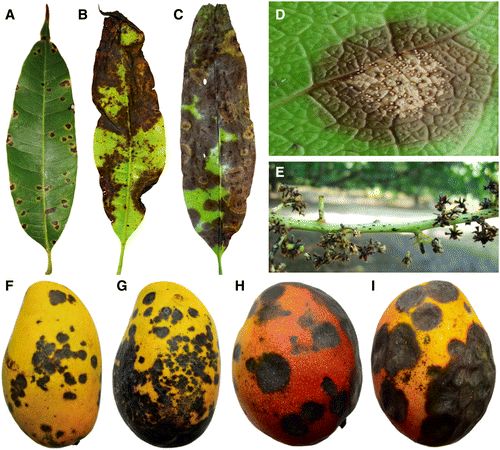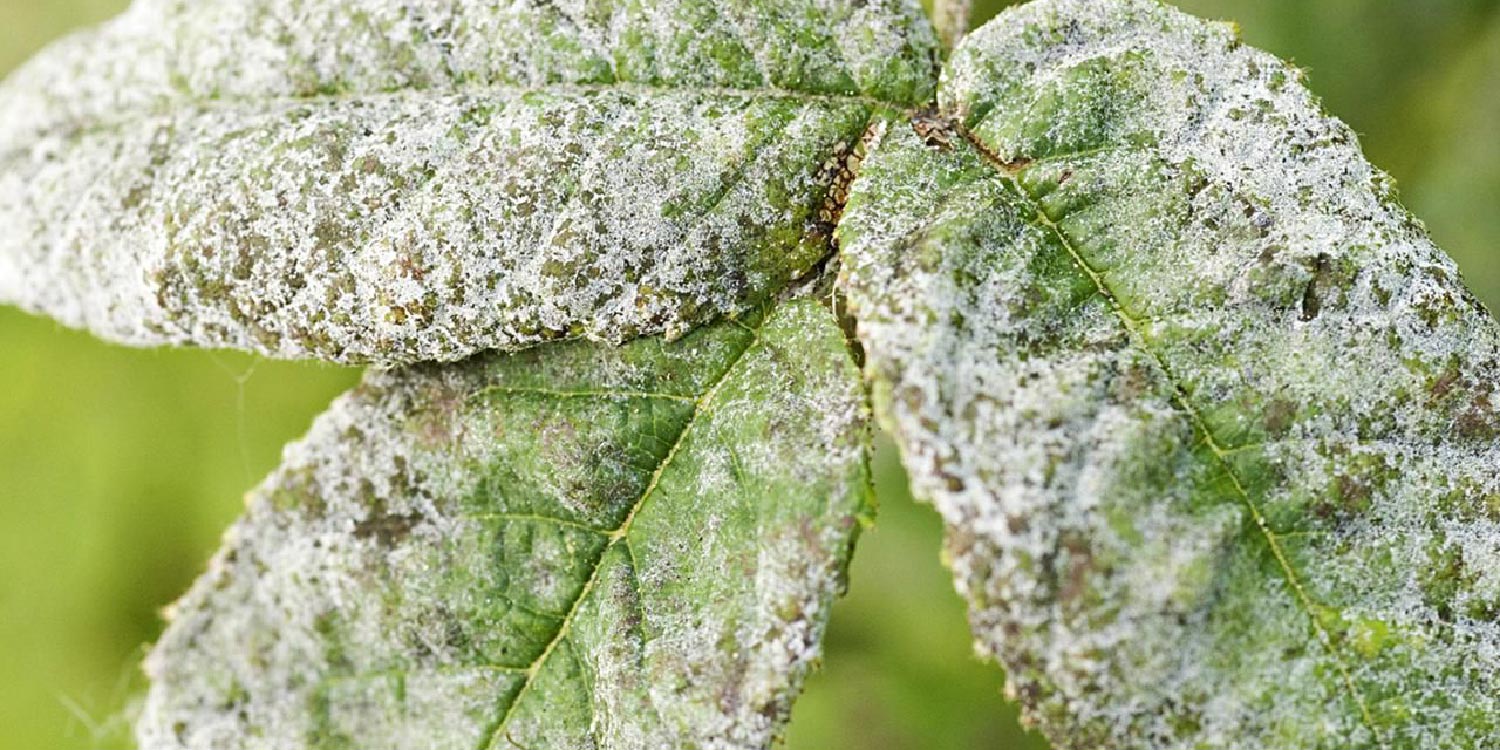

Menu
⮞ About
About...
Mango (Mangifera indica) is often hailed as the "king of fruits" due to its delicious taste, aroma, and nutritional value. Here's a general description of the mango fruit crop:
Tree Description:
* Mango trees are evergreen and can grow quite large, reaching heights of 65 to 100 feet.
* They have dense foliage with shiny, dark green leaves that are often lance-shaped.
* The tree bears small, fragrant, pinkish-white flowers that develop into fruit.
Fruit Description:
* Mango fruits vary in size, shape, and color depending on the variety. They can be oval, round, kidney-shaped, or even elongated.
* The skin color ranges from green to yellow, red, or orange when ripe, and it might have a combination of these colors.
* The pulp inside is juicy, sweet, and has a rich, distinct flavor with varying degrees of tartness depending on the variety.
* The seed or pit inside is large and flat, usually adhering tightly to the flesh.
diseases & its fertilizer

Anthracnose symptoms:
This is a fungal disease caused by Colletotrichum gloeosporioides. It leads to dark lesions on leaves, flowers, and fruits, causing premature fruit drop and reduced yield.
Anthracnose solution:
⮞ Compost:>
* Collect Organic Materials: Gather organic waste such as kitchen scraps (fruit peels, vegetable remains), yard waste (grass clippings, leaves), and manure (if available).
* Layering: Alternate layers of green materials (like kitchen scraps) and brown materials (like dry leaves or straw) in a compost bin or pile. Add a thin layer of manure if you have it.
* Moisture and Aeration: Ensure the compost pile stays moist but not waterlogged. Turn the pile occasionally to aerate it, which helps the decomposition process.
* Time: Composting takes time. Depending on the conditions and materials used, it can take several months to a year for the compost to mature.
* Use: Once the compost turns dark, crumbly, and earthy-smelling, it's ready to use. Spread it around the base of mango trees as a nutrient-rich fertilizer.

Powdery Mildew Symptoms:
A fungal infection caused by Oidium mangiferae, resulting in white powdery patches on leaves, affecting photosynthesis and causing leaf drop.
Powdery Mildew Solution:
⮞ Manure Tea:
* Prepare Manure: Use well-aged manure (cow, chicken, goat) for this purpose. Place a shovel or two of manure in a burlap sack or a porous cloth bag.
* Soaking: Immerse the sack or bag of manure in a large container of water (a barrel or bucket). Let it soak for several days, stirring occasionally.
* Dilution: Dilute the resulting tea by mixing it with water. The ratio can vary, but typically a 1:5 or 1:10 ratio of manure tea to water is suitable.
* Application: Use the diluted manure tea to water the mango trees. Apply around the root zone, avoiding direct contact with the tree trunk.

Bacterial Black Spot (BBS) Symptom:
Caused by Xanthomonas campestris, this disease results in black spots on leaves and fruits, leading to premature fruit drop and reduced quality.
Bacterial Black Spot (BBS) Solution:
⮞Organic Mulch:
* Collect Mulch Material: Gather organic materials like straw, wood chips, or leaves.
* Spread: Place a layer of mulch around the base of the mango tree. Ensure the mulch is a few inches thick but not touching the tree trunk.
* Replenish: Periodically replenish the mulch as it decomposes to maintain a consistent layer.

Dieback symptom:
It is a fungal disease caused by Lasiodiplodia theobromae or other pathogens, resulting in the wilting and dying of branches, often leading to severe damage if left uncontrolled.
Dieback Solution:
⮞ Materials Needed:
* Fish waste (fish heads, bones, guts, or whole fish)
* Water
* Container or bucket with a lid
* A stirring stick or tool
* Cheesecloth or fine mesh strainer
* A larger container or bottle for storage
Steps:
* Gather Fish Waste: Collect fish waste, such as fish heads, bones, guts, or whole fish that you can obtain from a fish market or leftover after cleaning fish.
* Chop or Crush the Fish: If using whole fish or larger parts, chop them into smaller pieces or crush them to facilitate decomposition. Smaller pieces will break down more easily.
* Place in a Container: Put the fish waste into a container or bucket. Ensure it has a lid to prevent strong odors and to keep pests away.
* Add Water: Cover the fish waste completely with water. Use a ratio of around 1 part fish waste to 2 or 3 parts water. Ensure the fish is submerged.
* Stir and Mix: Stir the mixture thoroughly to combine the fish waste with the water. This helps in the decomposition process and extraction of nutrients.
* Cover and Let it Ferment: Close the container with a lid and place it in a warm, sunny spot. Allow the mixture to ferment for around 1 to 2 weeks. Stir it occasionally during this time.
* Strain the Liquid: After fermentation, strain the mixture through a cheesecloth or fine mesh strainer into another container. Squeeze out as much liquid as possible from the fish remains.
* Storage: Store the strained liquid (the fish emulsion) in a larger container or bottle with a tight lid. It can be stored in a cool, dark place.
* Dilution: Before using, dilute the fish emulsion with water. Typically, a ratio of 1 part fish emulsion to 4 or 5 parts water is suitable for application.
* Application: Use the diluted fish emulsion to water the mango trees around the root zone. Avoid direct contact with the tree trunk.